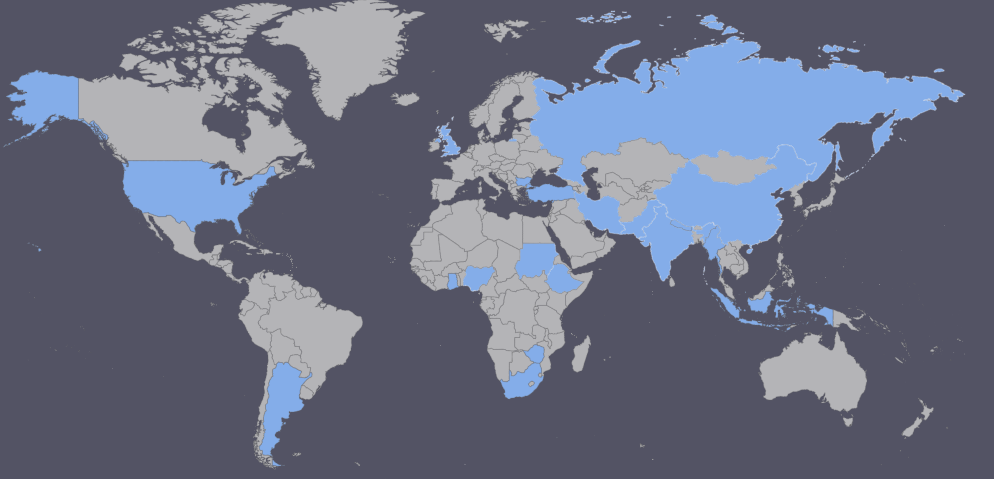Discovering Colour Alteration Conditions and Inclusion Changes of Sri Lankan Black/Brown (Penithora/Maangu) Tourmaline
Keywords:
Gemstone, Tourmaline, Heat treatment, Inclusion changes, Gemstone treatmentsAbstract
Black or brown tourmalines, commonly referred to as "Penithoora" or "Maangu" in Sinhalese, are predominantly found in Sri Lanka and are primarily used in the production of decorative items due to their limited market demand and lower value as gemstones. This study aims to investigate the conditions under which the color of black/brown tourmaline can be altered through heat treatment, with the objective of maximizing profitability from gem pits. A total of sixty samples of black/brown tourmaline were subjected to heat treatment using a "Lakmini" gas-fired furnace, employing five different temperatures (700 °C, 750 °C, 800 °C, 850 °C, and 900 °C) and varying soaking times of two, three, and four hours under oxidizing conditions within the gas furnace. The samples were subsequently analyzed using Energy Dispersive X-Ray Fluorescence (ED-XRF) spectroscopy and a gemological microscope to assess changes in chemical and optical properties. The results obtained from ED-XRF spectrometry indicated that silicon, aluminium, and magnesium were the major elements, while titanium, iron, and manganese were significant trace elements present in black/brown tourmaline. Minor color reduction was observed at 700 °C, with slight brown color reduction occurring at 750 °C and 800 °C. Significant color reduction coupled with clarity enhancement was achieved at temperatures of 850 °C and 900 °C. By elucidating the color alteration conditions and associated changes in inclusions, this study contributes to the understanding of heat treatment effects on black/brown tourmaline, enabling enhanced identification and potential value optimization of these gemstones. Following the heat treatment, crystal inclusions exhibited a cloudy or partially melted appearance, resembling sugar crystals. Trichites, which exhibited a continuous flow in natural stones, appeared discontinuous after heat treatment. Therefore, heating at 850 °C for a maximum of three hours resulted in a more reduced brown/black translucent appearance with improved clarity.
References
Clarke, D.B., Reardon, N.C., Chatterjee, A.K., Gregoire, D.C., 1989. Tourmaline composition as a guide to mineral exploration: a reconnaissance study from Nova Scotia using discriminant function analysis. Economic Geology 84 (7), 1921-1935.
Collins, A.C., 2010. Mineralogy and Geochemistry of Tourmaline in Contrasting Hydrothermal Systems: Copiapó Area, Northern Chile. Degree of Master of Science in the Graduate College the University of Arizona.
Feral, K., 2014. Magnetism in Gemstones. Available: https://www.gemstonemagnetism.com/index.html.2017-02-16.
Filip, J., Bosi, F., Novak, M., Skogby, H., Tucek, J., Cuda, J., Wilder, M., 2012. Redox process of ion in the tourmaline structure: example of the high - temperature treatment of Fe3+ rich schorl. Geochim Cosmochim Acta 86, 239-256.
Gonzalez-Carreño, T., Fernández, M., Sanz, J., 1988. Infrared and electron microprobe analysis of tourmalines. Physics and Chemistry of Minerals 15, 452-460.
Gubelin, E., Graziani, G., Kazmi, A.H., 1983. Pink Topaz from Pakistan. Gems & Gemology 22 (3),140-151.
Henry, D.J., Novak, M., Hawthorne, F.C., Ertl, A., Dutrow, B.L., Uher, P., Pezzotta, F., 2011. Nomenclature of the tourmaline-supergroup minerals. American Mineralogist 96, 895-913.
Laurs, B.M., Zwaan, J.C., Breeding, C.M., Simmons, W.B., Beaton, D., Rijsdijk, K.F., Befi, R., Falster, A.U., 2008. Copper-bearing (Paraíba-type) Tourmaline from Mozambique. Gems and Gemology 44 (1), 4-30.
Learned, L., Faceter, B.Y.A., 2011. Heat-treating tourmaline. pp. 78-84.
Robert, J.L., Fuchs, Y., Gourdant, J.P., 1996. Characterization of tourmalines by FTIR absorption spectrometry. Physics and Chemistry of Minerals 23, 309. https://doi.org/10.1007/BF00207782.
Shen, L., Hu, J., Zhu, X.Q., Zhang, W.J., 2010. Identification of Natural Tourmaline and Similar Gems by Diffuse Reflection Fourier Transform Middle Infrared Spectrum. Advanced Materials Research 177, 610-612.
Yingmo, H., Yunhua, L., Mengcan, L., Guocheng, L., Quan, L., Chunyan, H., 2018. The Preparation and Characterization of Tourmaline-Containing Functional Copolymer p (VST/MMA/BA). Journal of Spectroscopy Article ID 5031205. https://doi.org/10.1155/2018/5031205.
Downloads
Published
Issue
Section
License
The authors keep the copyrights of the published materials with them, but the authors are aggee to give an exclusive license to the publisher that transfers all publishing and commercial exploitation rights to the publisher. The puslisher then shares the content published in this journal under CC BY-NC-ND license.



